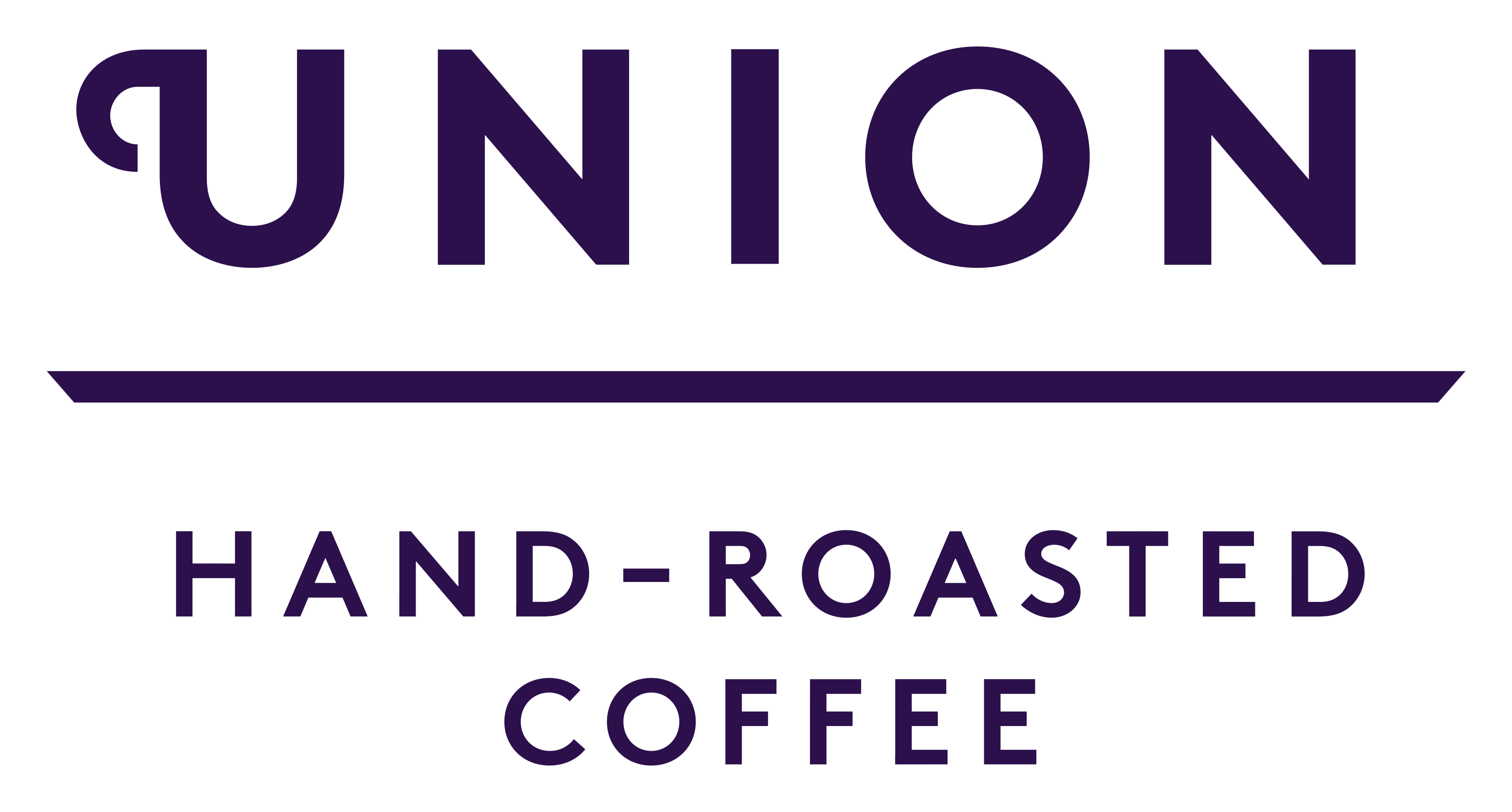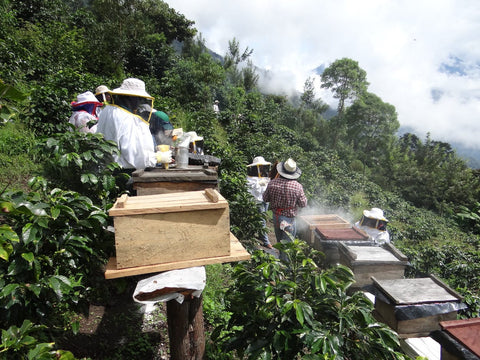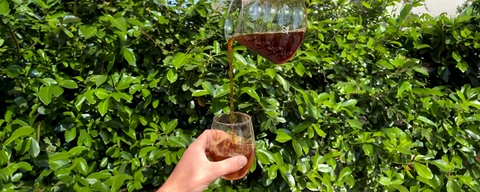First Published - September 17, 2010
Ever since getting the news that I was on this jury my excitement level had been rising. With seven previous competitions under their belt and with the legendary resources of the Federacion Nacional de Cafeteros de Colombia, (FNC) behind it, this competition was due to be one of the great ones. With me on the panel were old friends like Salvador Sans (Cafes Magnifico, Barcelona) Geoff Watts (Intelligentsia, Chicago), Aleco Chigounis (Stumptown, Portland) and a group of great cuppers from Australia, Netherlands, Brazil and Japan- please check the list of all on the CoE website
It’s the first time I had been on a Colombia jury and the statistics leading up to the final international round was impressive and not a little intimidating. A record 875 separate samples had been submitted to the National panel and under the stewardship of Head Judge Erwin Mierish (Nicaragua), they had slogged through cupping all these lots over a three week period, six days a week to screen the submissions through two rounds down to a final 51 that achieved a minimum score of 84 points. Our job was to spend a highly focussed week again cupping these 51 to find those that we truly believed were in a class above and beyond what is recognised as speciality coffees.
Our final round week was hosted by the Narino (state) Coffee Growers Federation in the busy regional capital of Pasto, and this hectic town of over 500,000 at the heart of the southernmost coffee growing region provided an excellent base from which we had opportunity to travel out and meet at first hand smallholder farmers typical of the region as well as host meetings with local growers to help share our group knowledge and perspective of coffee markets and farming in the various countries in which we each source and sell our coffees.
Our cupping week was divided as per CoE rules into two rounds in which we first cupped all 51 samples and those scoring the magical 84 and over pass to the second with the scoring becoming ever more detailed as the remaining coffees inevitably become closer together and consistently high in quality.
Interestingly and pretty much as I had expected, the standard here was extraordinarily high. A number of coffees knocked out in round one were pretty decent and well crafted coffees that would be regarded more than sound, with pleasant sweet acidity and positive flavour attributes. Also in contrast to many competitions which Steven or I have been on, there were very few tables presented where at least one coffee failed to generate enthusiastic support from at least one or more jury member. The hardest tables to judge were those where all 7 or 8 samples were good or great coffees and this really caused us to look very deeply into each cup not only looking for those that the marks of greatness but which could also present these factors consistently over all four samples on each table. Just one variable cup thus led to lower scores and singled out the truly remarkable. At the end of round one, we had discounted 25 out of the initial 51 with around 4 coffees hitting the magical 90 plus; two coffees were also passed through on a decision to re-roast the samples due to round one roasts not being within specification and which had received marginal scores – we always try to give each coffee a fair ‘hearing’ in the jury room.
Second round saw increasingly passionate debate with jury members pushing their favourites and hitting those coffees that were just a little off base. Its here that the Cup of Excellence scoring system really comes into its own setting the competition clearly apart from the now established Q-grading or SCAA scoring system. The scale really pushes jury members who use it correctly to focus on each aspect of the cup and its here that we really expand the reward and ‘penalties’ and its how we differentiate between the great and the extraordinary. Satisfyingly we found probably four coffees that were really close to perfection and the winner at the end of the competition still shone out as a bright star even at this stage with an amazingly sweet and vibrant cup, juicy with depth, finish and a layered complexity that beautifully balanced the cup. It’s a very rare experience to find this sort of coffee even in our sometimes rarefied world of premium speciality coffee.
Our final day was an even further detailed re-cupping of the top ten scoring coffees to give ranking order and a final chance to stretch the differences out and after all marks were tabulated, less than two points separated first and second places with the outright winner achieving the highest score in a Colombian competition to date, 94.92 points.
The winning coffees will be going to auction on 26th October and we’ll be watching closely for an opportunity to participate and reward the winning farms.
Whilst I am writing this summary of the competition, I also feel the need to discuss the wider context of the Colombian coffee situation this year (I’ll post another item very shortly to expand on this) as the industry is facing some huge structural challenges over the past 2-3 years. Production this year is expected to be significantly down by anything up to around 40% due to two years of poor rainfall and a massive problem of coffee trees being infected by an infection called Roja (Coffee rust disease) which has in other countries in recent history virtually wiped out coffee production for a period of up to 5 years. This fungal infection I should say poses NO RISK to health so don’t start getting alarmed about drinking coffee, it does not infect the coffee beans, but causes massive leaf drop on the trees rendering them unproductive. This infection can be controlled through good farming practice and a judicious use of appropriate spraying (and no it does not mean nasty chemicals in your coffee; think of it more like having to get a flu shot in an epidemic). The effect however has been a vast reduction in output with prices for good and great coffee rising hugely here. The more worrying aspect however is that the FNC has looked for new cultivars such as Colombia and Castillo which are hybrids derived from Cattimor- supposedly more resistant, but as we have routinely found when cupping, the flavour profiles are nowhere as good as the traditional Cattura, Typica and Bourbon varietals. At Union Hand Roasted we are working with our long standing friends at Timana to preserve the older varietals and seeking to focus on better farming practices to deal with the situation. We believe that the current FNC approach is nothing more than offering a sticking plaster as opposed to dealing with the ‘root cause’ (sorry for that intentional pun!). We remain committed to the long term health and welfare of the coffee and its producers.


